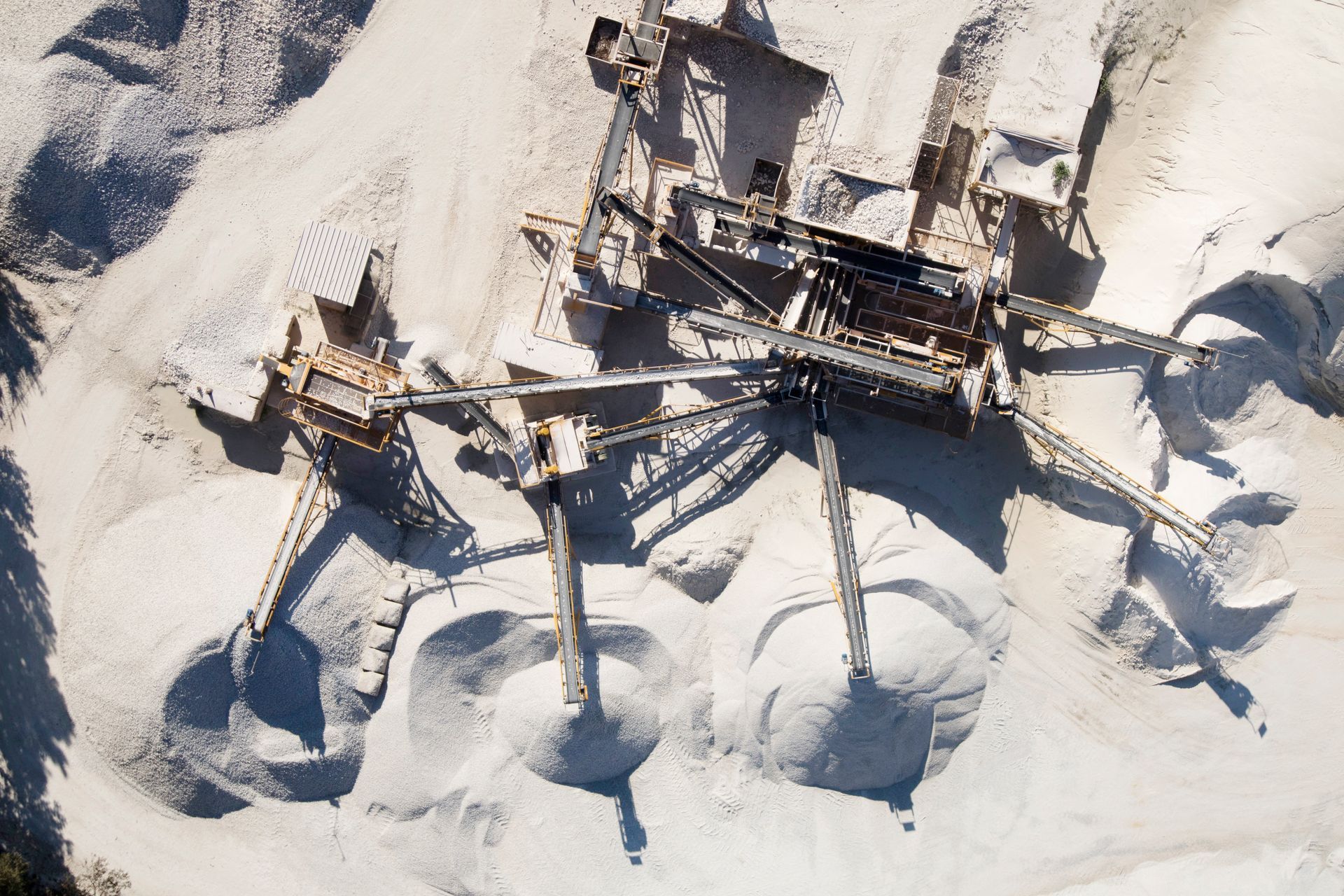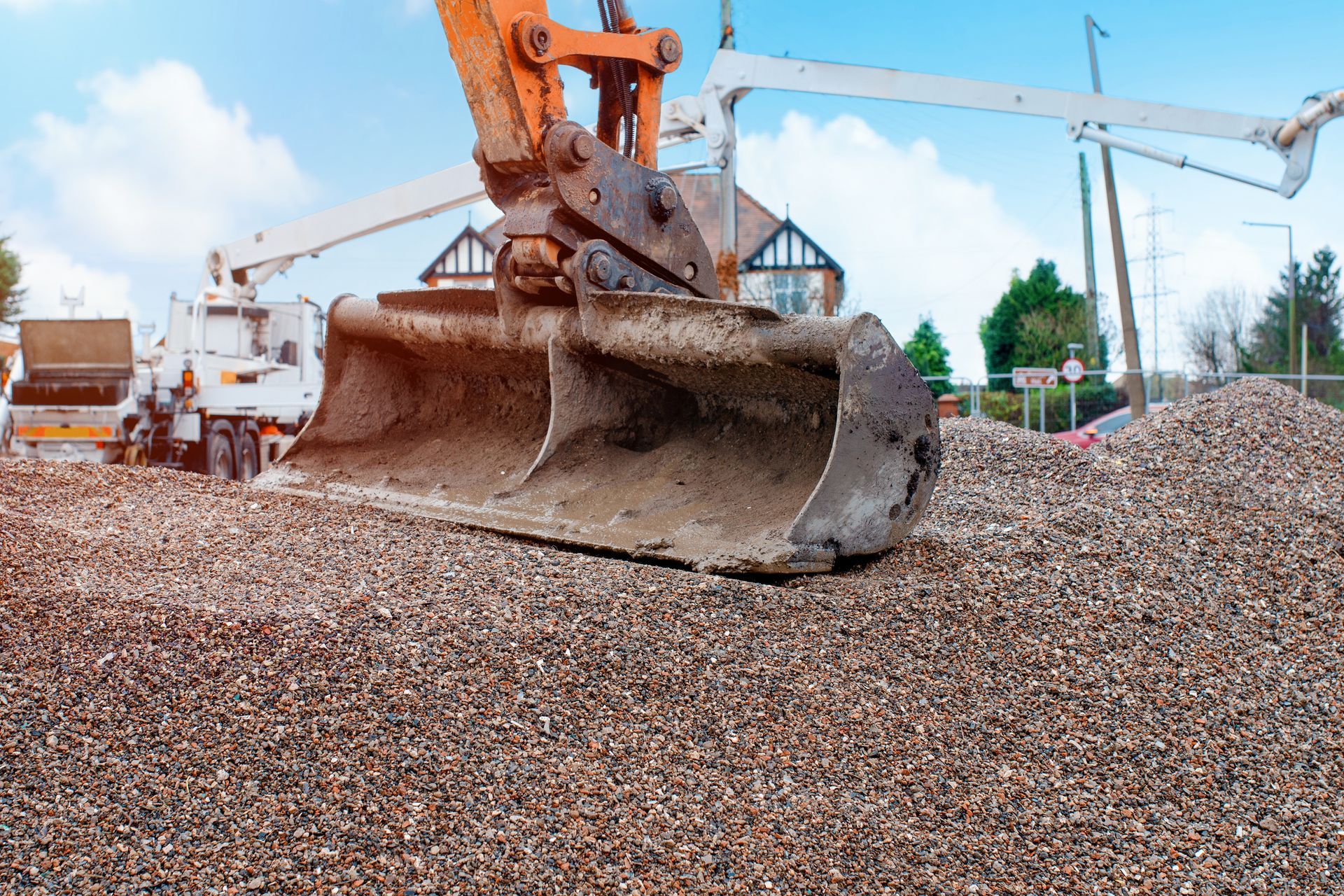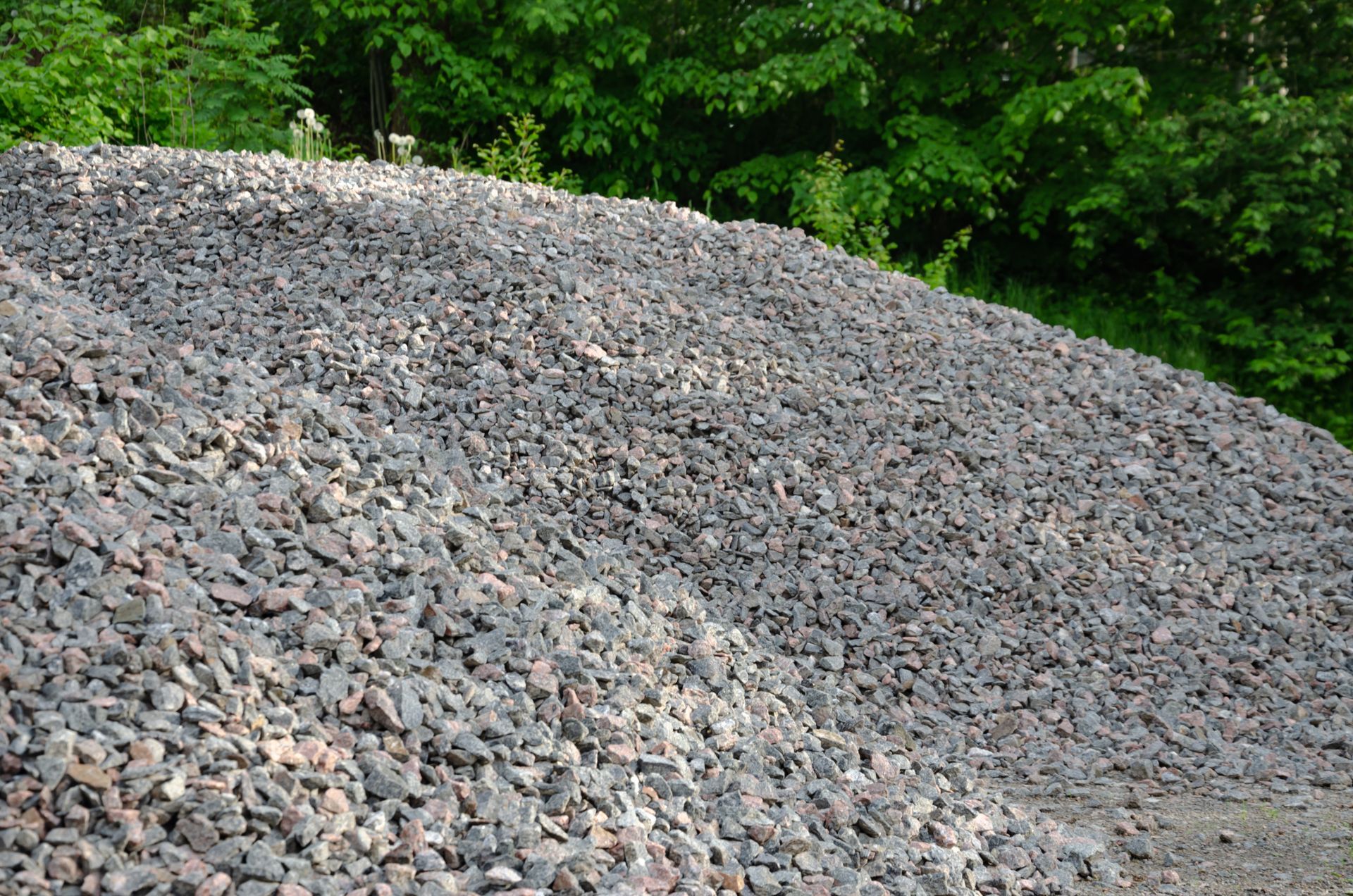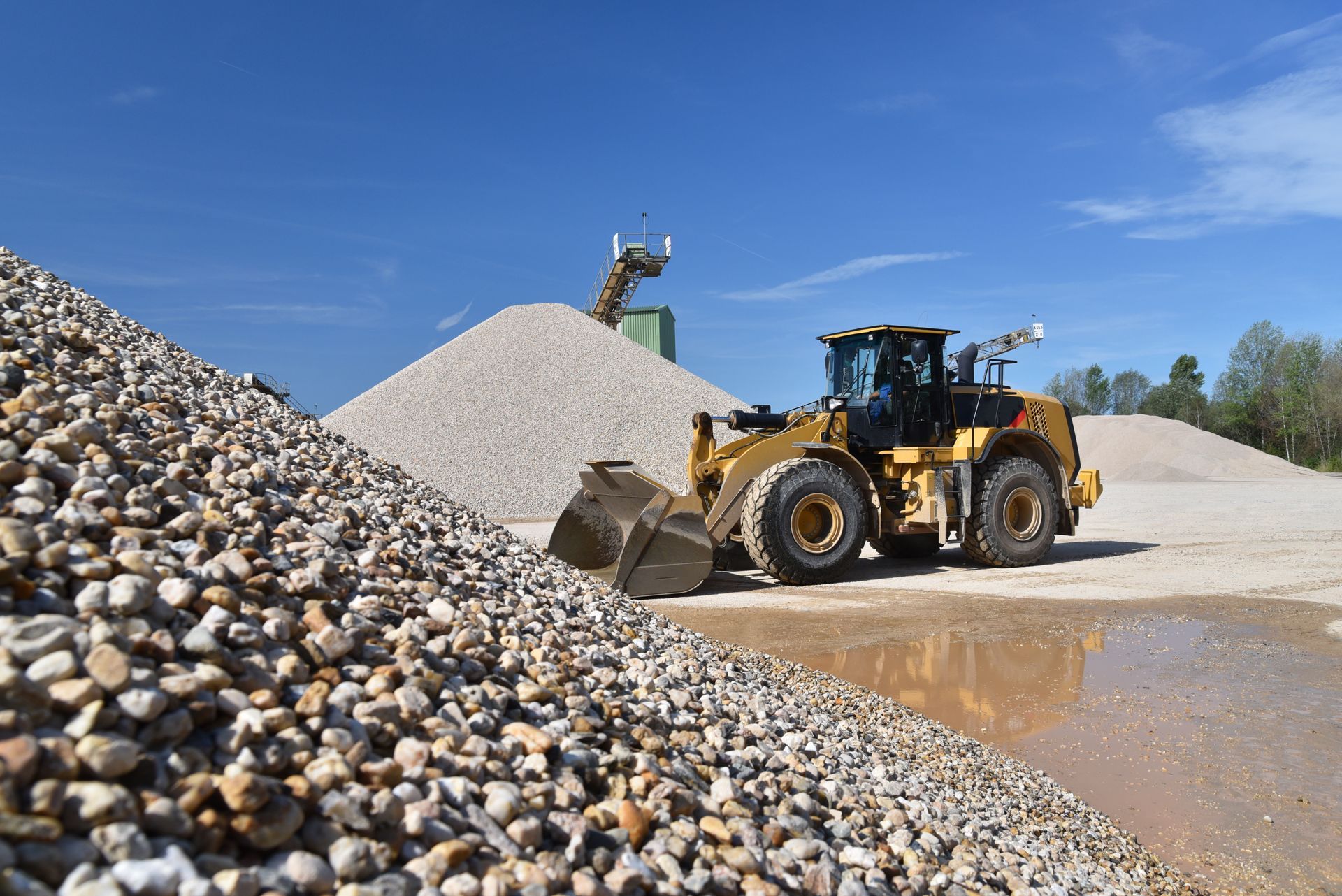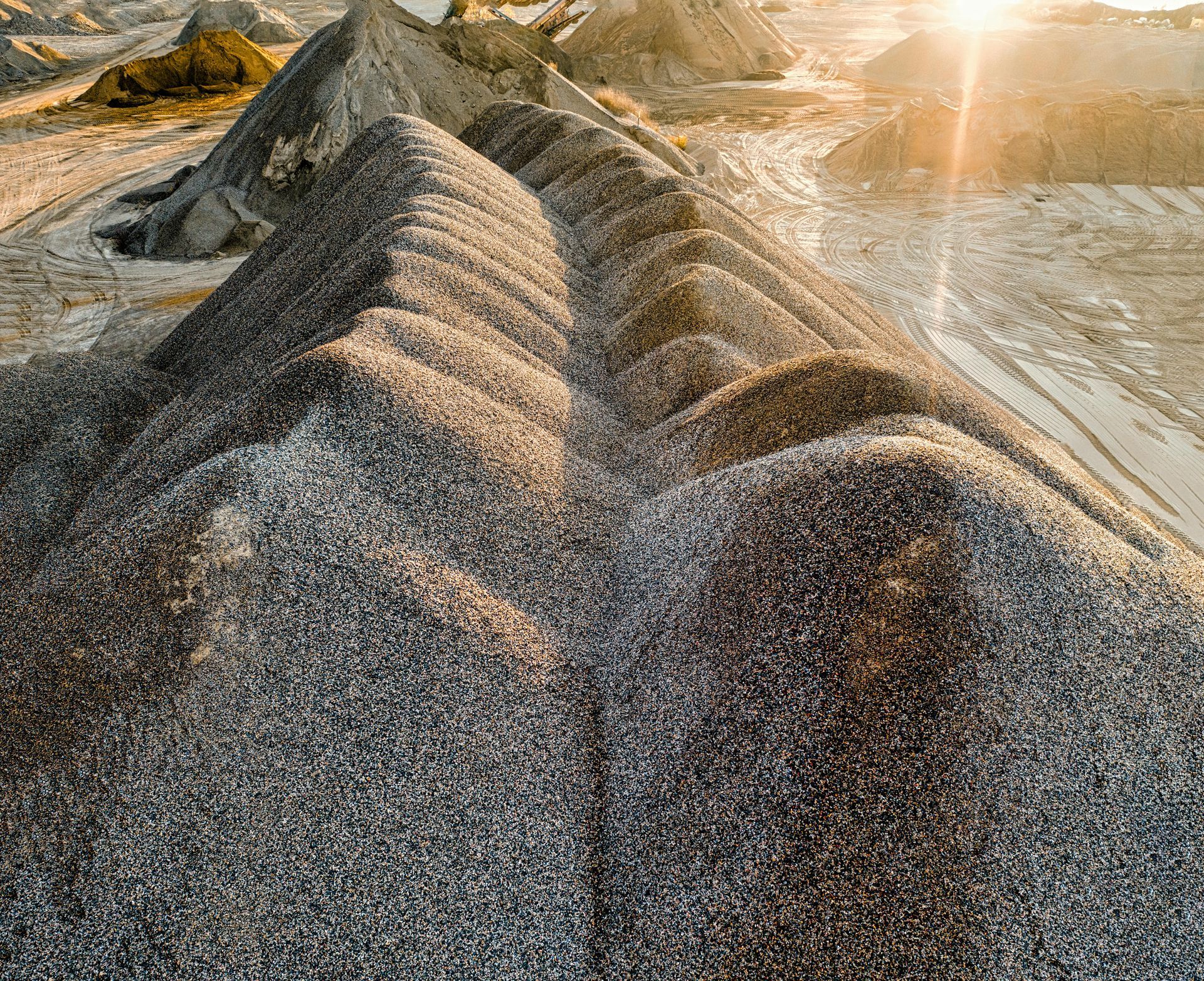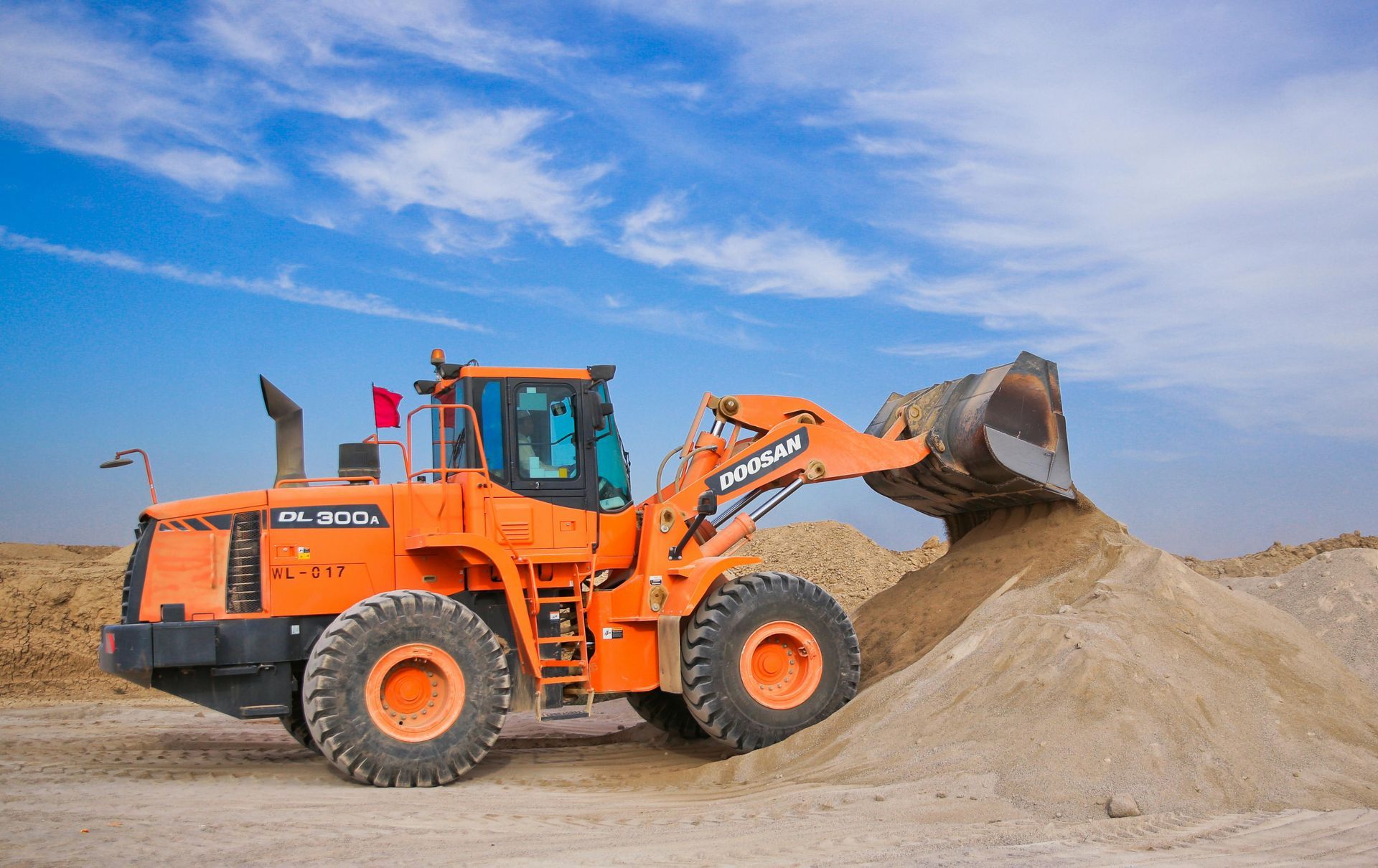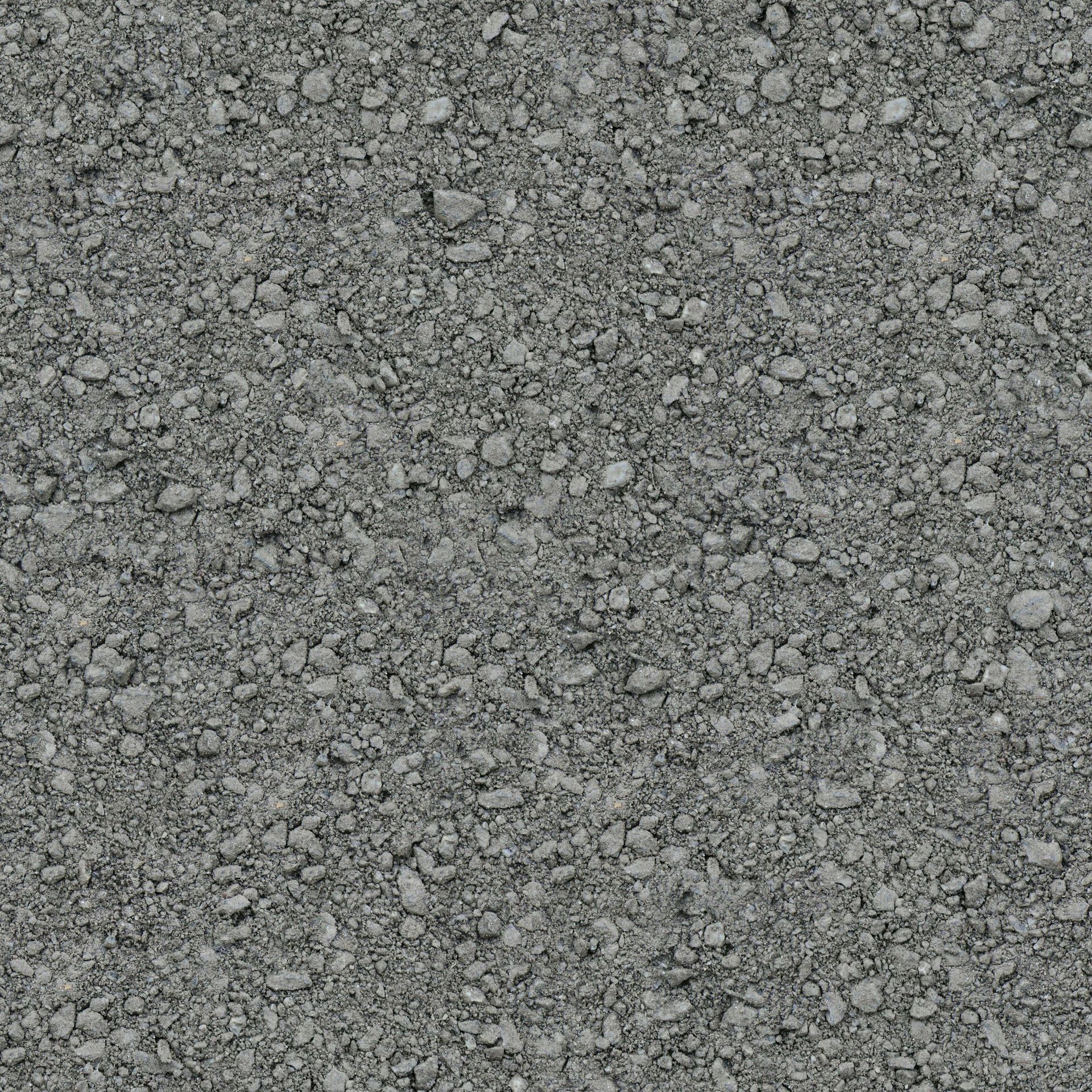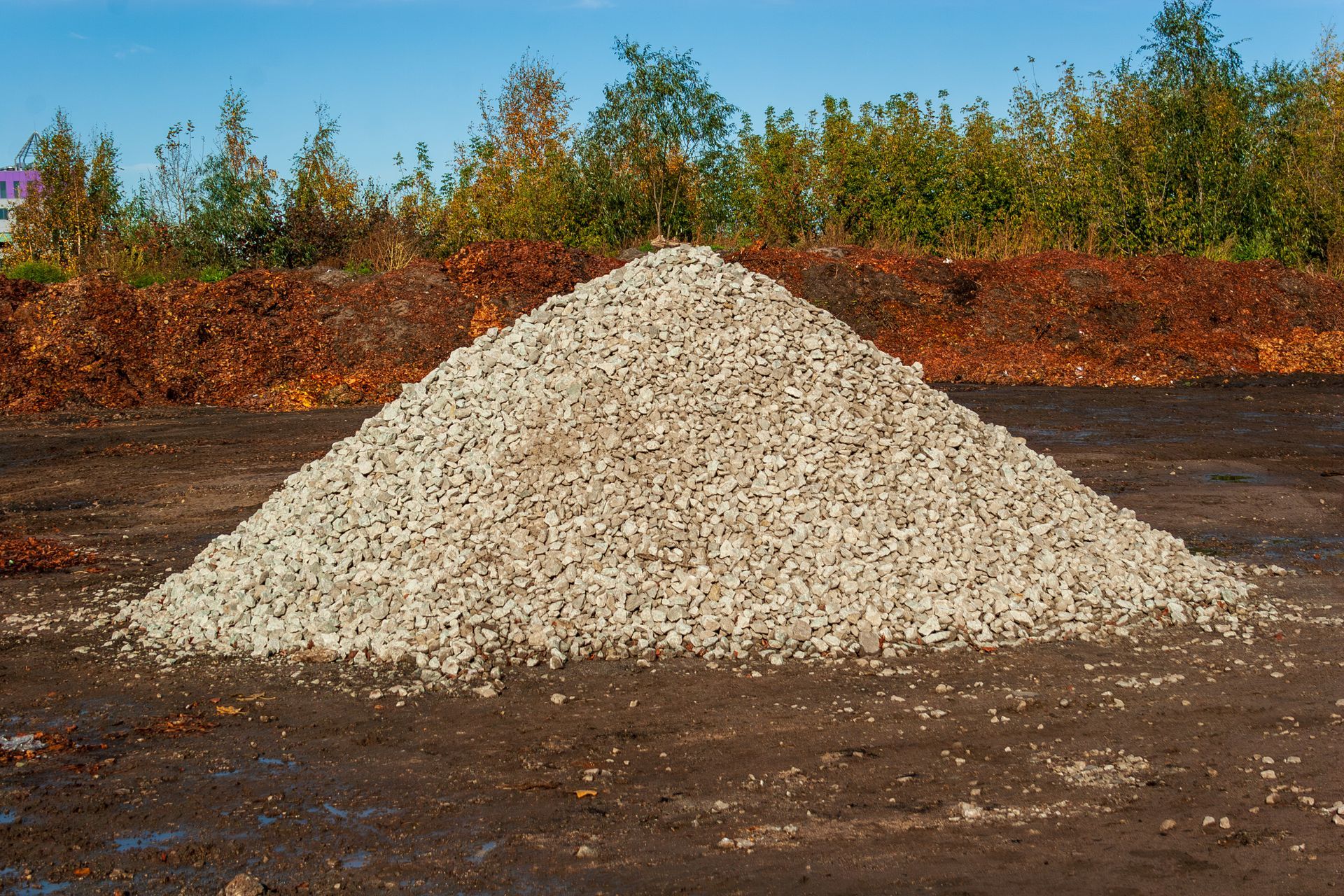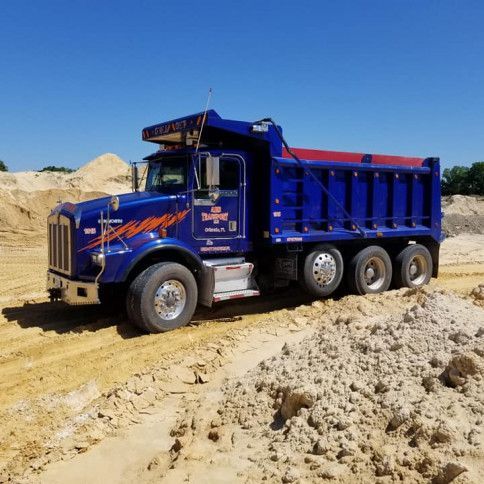How to Calculate the Amount of Gravel Needed for Your Driveway
A gravel driveway is an excellent choice for homeowners looking for a durable, cost-effective, and low-maintenance option. However, before starting your project, it's crucial to determine how much gravel you need. Ordering too much can be a waste of money, while too little can leave you with an incomplete driveway. In this guide, we’ll walk you through the step-by-step process of calculating the right amount of gravel for your driveway.
1. Understanding the Basics of Gravel Calculation
Before diving into the calculations, it's essential to understand the factors that influence the amount of gravel needed. The key considerations include:
- Driveway Dimensions – The length, width, and depth of your driveway will determine the total volume of gravel required.
- Gravel Depth – The recommended gravel depth depends on the intended use. Typically, driveways require a depth of 4 to 6 inches.
- Compaction Factor – Gravel settles and compacts over time, so it’s advisable to order a little extra to compensate for this.
- Gravel Type – Different gravel sizes and materials will affect coverage and durability.
2. Measuring Your Driveway Area
To start, measure the dimensions of your driveway:
- Length – Measure from the entrance of the driveway to where it ends.
- Width – Measure the distance from one side to the other.
- Depth – Decide how deep the gravel layer should be. Generally, 4 inches (0.33 feet) is sufficient for light vehicles, while heavy traffic areas might need 6 inches (0.5 feet) or more.
Once you have these measurements,
multiply them to find the total cubic feet required.
Why Accurate Measurements Matter
Accurate measurements prevent overspending on excess materials while ensuring you have enough gravel to create a solid and stable driveway surface. Even small errors in calculation can lead to significant cost increases.
3. Converting Cubic Feet to Cubic Yards
Gravel is typically sold by the cubic yard, so you’ll need to
convert your total cubic feet into cubic yards.
Ordering Extra for Future Maintenance
Adding an extra 5-10% to your order can be beneficial, especially for future driveway maintenance. Over time, some gravel may wash away due to heavy rain or vehicle traffic.
4. Choosing the Right Type of Gravel
Different types of gravel are used for driveways, and selecting the right one is important for durability and aesthetics. Common options include:
- Base Layer (Larger Stones) – #3 crushed stone or item #4 is ideal for a solid foundation.
- Middle Layer (Medium Gravel) – #57 gravel is commonly used for additional support.
- Top Layer (Fine Gravel)
– Pea gravel or crushed stone dust enhances the surface and provides a smooth finish.
Other options include recycled concrete gravel, which is eco-friendly and cost-effective.
Importance of Layering
Using multiple layers of gravel ensures longevity and reduces maintenance. The base layer stabilizes the driveway, the middle layer provides strength, and the top layer offers a finished look. A well-layered driveway can last years with minimal upkeep.
5. Ordering and Scheduling Gravel Delivery
Once you have calculated the required gravel, the next step is to order it from a gravel delivery service like ABR Transport LLC. Consider the following:
- Order in Bulk – Buying in bulk can save money compared to purchasing smaller bags.
- Delivery Logistics – Ensure there’s enough space for delivery trucks to unload.
- Spreading and Leveling – Have a plan for distributing the gravel evenly across your driveway.
At ABR Transport LLC, we provide high-quality driveway materials and professional gravel delivery services throughout Orlando, FL. Our team ensures timely delivery and expert guidance to help you complete your project efficiently.
Tips for Efficient Gravel Installation
- Use a Gravel Calculator – Online gravel calculators can provide quick estimates based on your driveway’s dimensions.
- Hire Professionals – If unsure about the amount or type of gravel, professional gravel suppliers can provide guidance.
- Compact Each Layer – Using a compactor or roller ensures a stable and smooth surface.
- Install Edging
– Prevents gravel from spreading outside the driveway area.
Maintenance Tips for a Long-Lasting Driveway
- Replenish Gravel Annually – Over time, gravel may shift or become compacted, requiring additional material.
- Rake and Level – Regularly rake the surface to maintain an even and smooth finish.
- Install a Proper Drainage System
– Poor drainage can lead to erosion and gravel displacement.
Get Reliable Gravel Delivery in Orlando, FL with ABR Transport LLC
Now that you know how to calculate the
gravel needed for your driveway, it’s time to get started! At
ABR Transport LLC, we specialize in providing top-notch gravel delivery service to homeowners and contractors in Orlando, FL. Whether you need crushed stone, pea gravel, or any other driveway materials, we’ve got you covered.
Call us today at
(407) 375-0012 to place your order or get expert advice on your project. We also supply
dirt,
sand, and
concrete fines. Let us help you build a durable and attractive driveway with the best gravel in town!
FAQs
How much gravel do I need for a 100-foot driveway?
The amount of gravel depends on the width and depth of the driveway. For a 100-foot long, 10-foot wide driveway with a 4-inch depth, you would need approximately 12 cubic yards of gravel.
How many tons of gravel are in a cubic yard?
One cubic yard of gravel weighs about 2,800 to 3,000 pounds (or 1.4 to 1.5 tons), depending on the type of gravel.
What is the best gravel type for a long-lasting driveway?
A combination of larger crushed stone for the base, medium-sized gravel for support, and fine gravel for the surface ensures a stable and durable driveway.
Should I compact my gravel driveway?
Yes, compacting each layer with a roller or tamper improves stability and prevents the gravel from shifting over time.
How often should I add more gravel to my driveway?
On average, a gravel driveway needs replenishing every 1-2 years, depending on weather conditions and usage.

